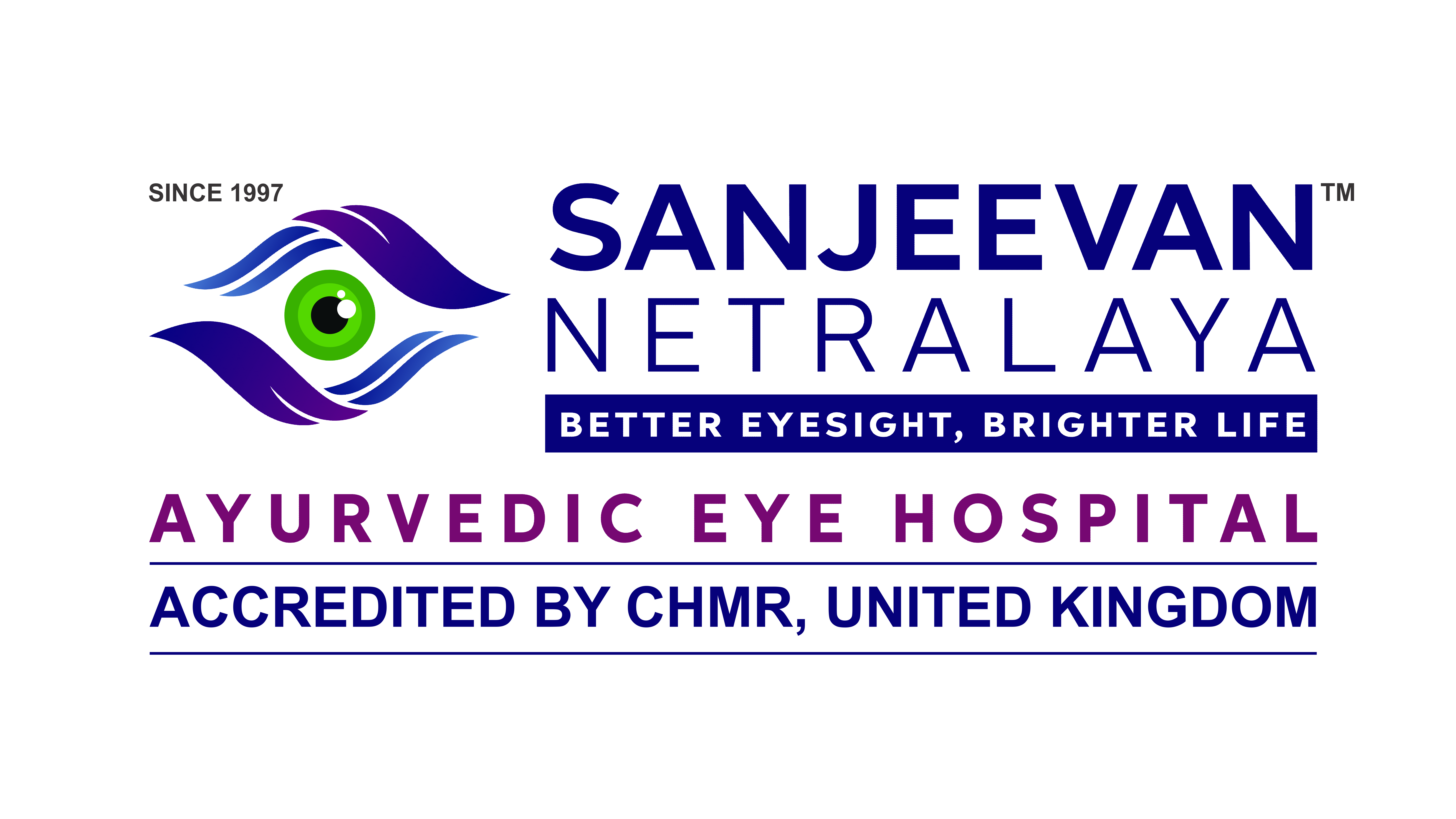- Hiren Suryawanshi
- Aug 14, 2024
- 3 min read
Updated: Nov 7, 2024

Choroidal Neovascular Membrane (CNVM) is a significant cause of central vision loss. It involves the growth of abnormal, leaky blood vessels beneath the retina—the light-sensitive layer at the back of the eye—primarily affecting the macula, the central part of the retina. These vessels originate from the capillaries of the underlying choroid (the vascular layer that supplies blood to the retina) and are highly fragile, making them prone to bleeding. CNVM is most commonly seen in the elderly, particularly in association with macular degeneration, but it can occur in other age groups depending on the underlying cause.

Causes of Choroidal Neovascular Membrane:
- Wet Age-Related Macular Degeneration (ARMD): The most common cause of CNVM, Wet ARMD accounts for 10-15% of all ARMD cases and is characterised by the presence of CNVM.
- High Myopia: Individuals with severe nearsightedness (high minus power) are at risk of CNVM due to axial elongation. The incidence of CNVM in pathological myopia is approximately 5%.
- Angioid Streaks: This retinal condition can lead to CNVM and is associated with several systemic diseases, including pseudoxanthoma elasticum, Paget's disease of bone, Ehlers-Danlos syndrome, sickle cell disease, thalassemia, and other blood disorders.
- Inflammatory Disorders: CNVM in the macular region is a major cause of vision loss in conditions such as presumed ocular histoplasmosis syndrome (POHS), congenital toxoplasmosis, choroiditis, and other inflammatory disorders. CNVM typically occurs at the edge of an old, healed chorioretinal scar.
- Trauma: Traumatic ruptures of Bruch's membrane, known as choroidal ruptures, can result from blunt eye injuries and may lead to the development of CNVM. This condition often appears a few weeks or months after the trauma.
- Idiopathic: When CNVM develops without any identifiable underlying pathology in the eye, it is classified as idiopathic.
Symptoms of CNVM:
- Painless Loss of Central Vision: Patients often experience blurry vision, making tasks like reading, writing, sewing, and other close-up work difficult.
- Metamorphopsia (Intermediate Stage of ARMD): The perception of distorted images, such as straight lines appearing curved, reduces visual quality, making it challenging to recognise faces and objects.
- Central Black Spot (Advanced Stage of ARMD): In advanced stages, a central black spot (scotoma) may appear, though peripheral vision is usually preserved in most cases.

At Sanjeevan Netralaya Ayurvedic Eye Hospital, Choroidal Neovascular Membrane (CNVM) is treated with great success.
Wet ARMD Ayurvedic Treatment at Sanjeevan Netralaya Ayurvedic Eye Hospital.
Wet Age-Related Macular Degeneration (Wet ARMD) is a serious eye condition where abnormal blood vessels grow under the retina, leading to rapid vision loss if not treated promptly. This form of ARMD is less common but more severe than dry ARMD.
At Sanjeevan Netralaya Ayurvedic Eye Hospital, we offer a specialized Wet ARMD Ayurvedic treatment that focuses on reducing abnormal blood vessel growth, managing symptoms, and preserving vision naturally.
Symptoms of Wet Macular Degeneration may include:
• Sudden or rapid loss of central vision
• Distorted or wavy vision, especially straight lines appearing bent
• Dark spots or gaps in the center of your vision
• Decreased ability to see fine details
• Rapid worsening of vision compared to Dry ARMD
Early detection and treatment of these symptoms are crucial to prevent significant vision loss.
Wet ARMD Ayurvedic Treatment at Sanjeevan Netralaya involves a comprehensive approach that includes:
• Herbal Formulations: Our treatment uses specific Ayurvedic herbs known for their properties in reducing abnormal blood vessel growth and protecting retinal health.
• Holistic Healing: We aim to enhance the body's natural healing processes, focusing on stabilizing and improving vision by nourishing the eye tissues and improving circulation to the retina.
• Dietary and Lifestyle Recommendations: Along with Ayurvedic treatments, we provide personalized dietary and lifestyle advice to support eye health and prevent the progression of Wet ARMD.
At Sanjeevan Netralaya, our Wet ARMD Ayurvedic treatment is customized to meet the individual needs of each patient, ensuring a holistic and effective approach to managing Wet ARMD.
If you are experiencing symptoms of Wet Macular Degeneration or have been diagnosed with Wet ARMD, contact Sanjeevan Netralaya Ayurvedic Eye Hospital today to learn more about our Ayurvedic treatment options and how we can help you protect your vision.

